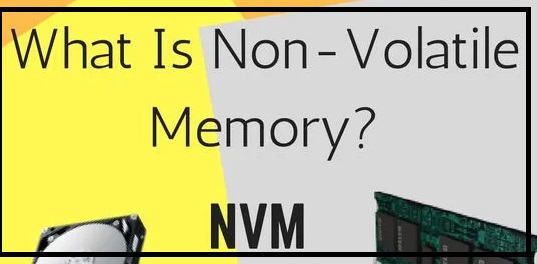

What is Non-volatile Memory
Non-volatile memory (NVM) is a type of computer memory that retains stored data even when the power is turned off. The full form of NVM is "Non-volatile memory".

Background
NVM technology has been around since the early days of computing, but it has become increasingly important in recent years as the amount of data being stored and processed has grown exponentially. NVM is used in a wide range of applications, from consumer devices such as smartphones and tablets to enterprise-level storage systems and high-performance computing.
Types of NVM
There are several types of NVM, each with its own set of characteristics and applications. Some of the most common types include:
Benefits
Challenges
One of the main challenges facing NVM technology is the limited number of write cycles that the memory can undergo before it begins to degrade.
Another challenge is the cost of NVM, as it can be more expensive than traditional storage methods.
Conclusion
Overall, NVM is a type of computer memory that retains stored data even when the power is turned off. It is used in a wide range of applications and has several benefits over traditional storage methods, such as faster access to data, increased durability, and energy efficiency. However, it also has some challenges, such as limited write cycles and higher cost.